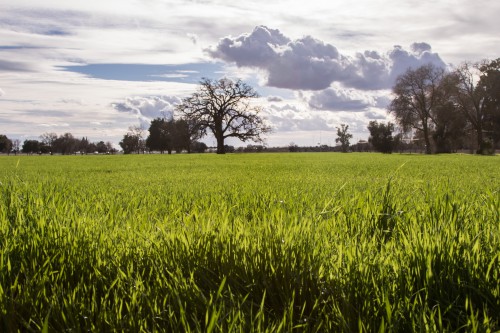 Submission for the Davis City Council, Tuesday Feb 6, 2018
Submission for the Davis City Council, Tuesday Feb 6, 2018
Published air quality and health data, up to date models and site specific factors unique to Nishi support the conclusion that air quality at the Nishi site is unsuitable for residential use. Absent actual data from the site showing that there is no significant hazard, that conclusion must stand.
So what would it cost to get such data? $30,000. That is about all it would cost for a study that would provide data to quantify the model predictions and provide solid data on the health threats of truck and train diesel and ultra-fine metal pollution at Nishi
I made a similar offer 3 years ago, and 2 weeks of data for ultra-fine diesel were taken at the end of Olive Drive, but there was no way to make measurement on the Nishi site itself and no time for analysis of metals before the June vote. Still, it was a component of the Davis EIR finding showing “…significant and unavoidable” (4.3-33) …” air quality impacts based on existing state and federal air quality regulations.
If the developers had been considering a new Nishi with residential use, they could have come to me anytime in the past 2 years and I would have leant them about $50,000 worth of equipment, just returned from the US EPA ultra-fine studies in Detroit, suggested trained personnel, and facilitated access to the UC Davis S-XRF facility at Stanford Linear Accelerator. But that was not done, and 
here we again have to make decisions based on fatally limited on-site data but scary models.
In the last 2 years, things have changed, and not for the better. Traffic continues to rise 4%/year on I-80, with a recent uptick, with more congestion and braking upwind of Nishi. Two more of my studies have been published, including one on an elevated section of I-5 at 35th Ave in Sacramento, downwind of massive vegetation. It showed that at the Nishi residential distances 600 to 1,300 feet, even after their proposed tree barrier had matured, the pollution would be 89% of what it was at the edge of the freeway – essentially no dilution. Several more studies on neo natal impacts have appeared, making pregnancy at Nishi a dire prospect, and a major UCLA study reported on Dec 30 in the LA Times confirms in some detail the information I provided 2 years ago, notably the far downwind transport of ultra-fine particles and the health impacts of freeways. Finally, from my EPA Detroit work, it appears that the developer and the city can get the minimal essential information for about $30,000, plus a temporary power line to the center of Nishi, and access to UC Davis hardware, analysis capabilities and expertise.
I request the developer and the council to put this whole project on hold to allow the developers to finish the studies they started, with 5 weeks in winter, 5 weeks in summer, diesel and ultra-fine metals, and from the results have the scientifically validated data necessary to allow rational judgements be made on potential residential use.
Thomas A. Cahill,
Professor of Physics and Atmospheric Sciences,
University of California, Davis






Absent actual data that there is not a monster under my bed, the conclusion that there is a monster under my bed must stand.